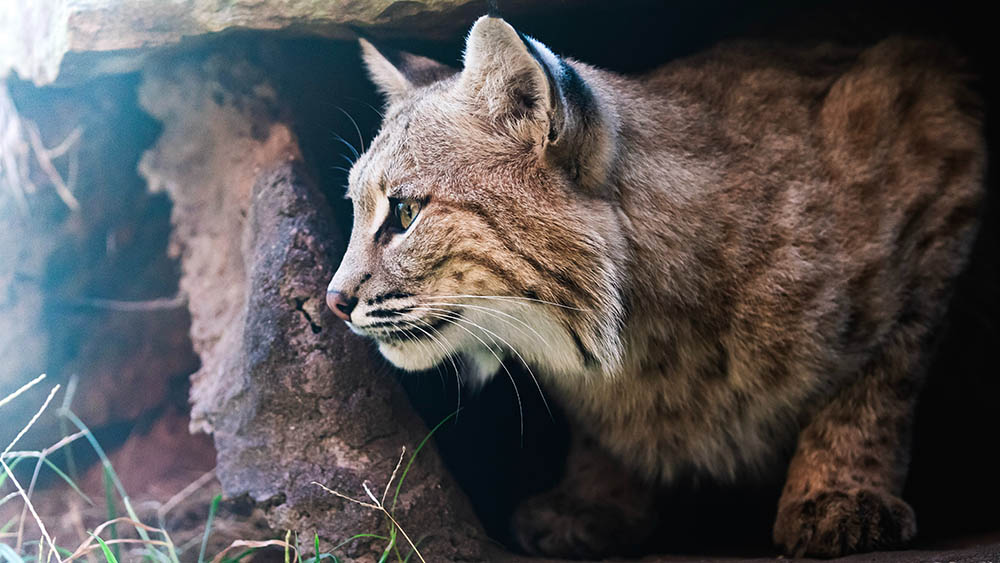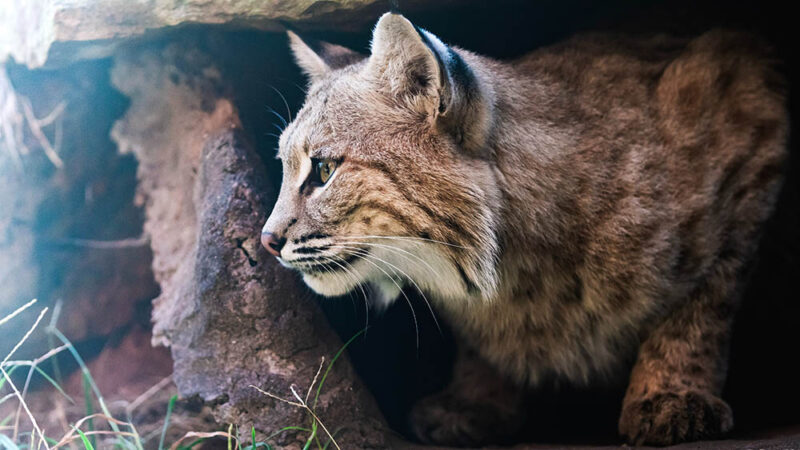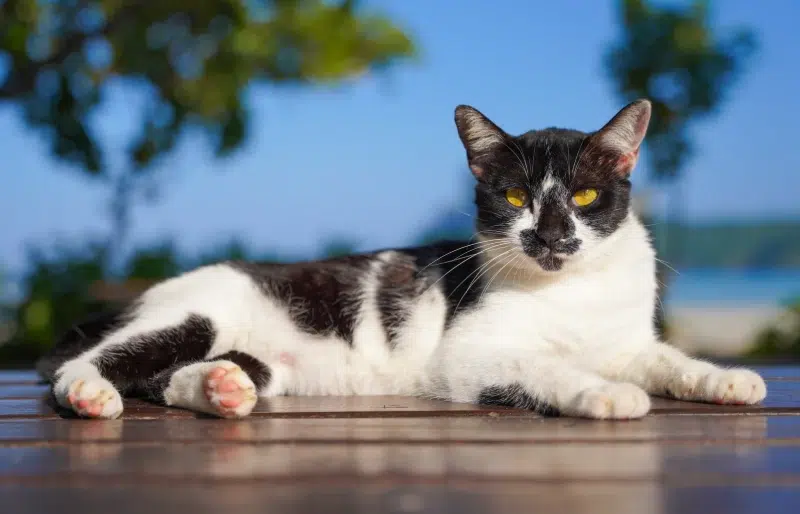South Dakota became a state in 1889. While this gorgeous area is often thought of as part of the American West, it’s actually located squarely in the Midwest, sharing borders with Nebraska, Iowa, Wyoming, Minnesota, and Montana. It’s home to Badlands and Wind Cave national parks. But the state is probably most famous for Mount Rushmore, with its enormous carvings depicting four of the United States’ most influential presidents.
South Dakota has a population of just over 850,000 people and features dramatic canyons and stunning rock formations. If you look hard enough, you can find two wild cat species roaming the hills and gulches of the Mount Rushmore State: bobcats and mountain lions. Read on for more information about South Dakota’s two types of native wild cats.
The 2 Types of Wild Cats in South Dakota
1. Bobcats
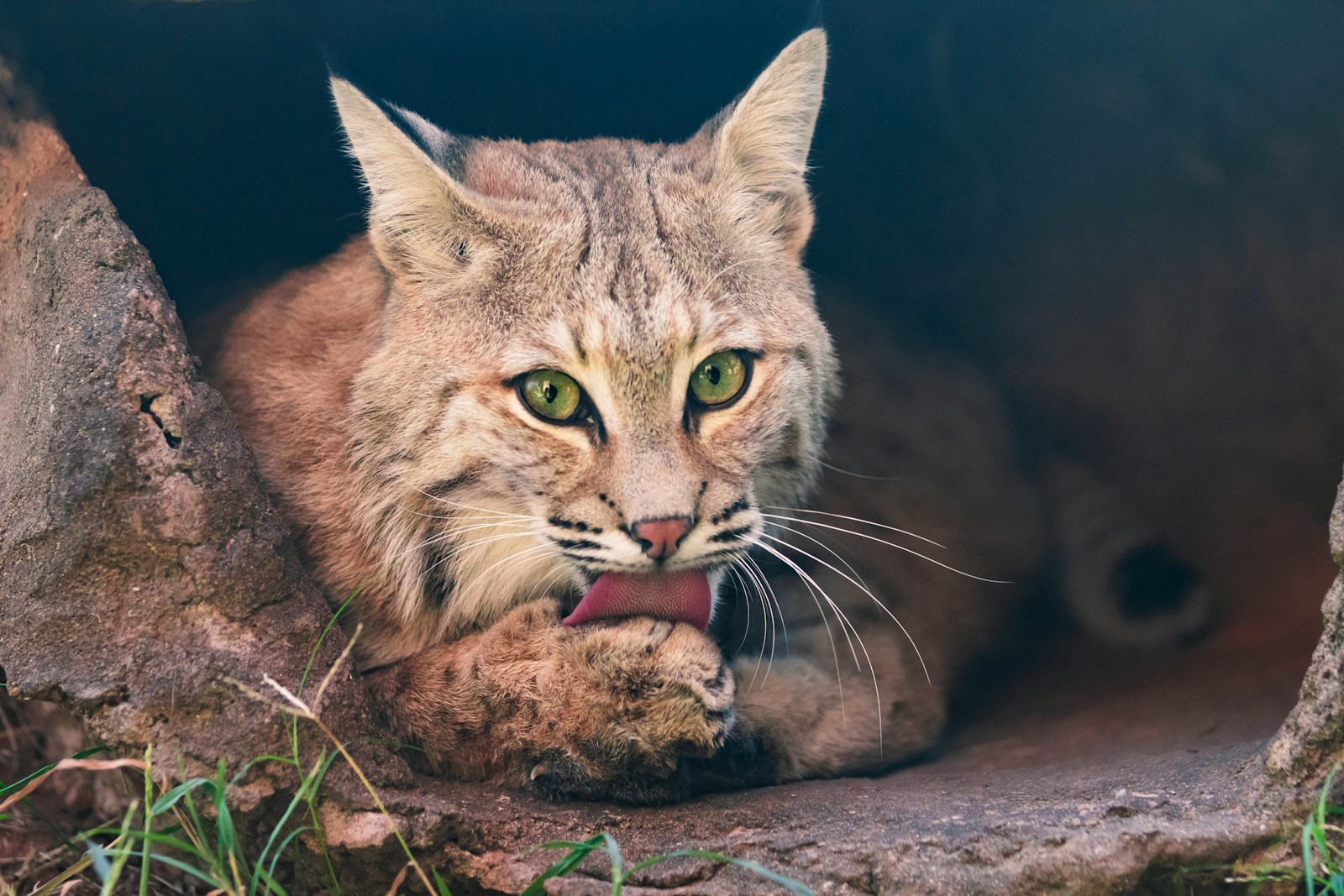
| Lifespan: | 12–15 years |
| Size: | 21 inches tall |
Bobcats in South Dakota typically weigh anywhere from 15–20 pounds. They have ears and cheeks that feature adorable long tufts of fur. They’re most commonly gray, sandy, or light brown in color, although you can find a few with spotted fur. Bobcats have short little tails that tend to be anywhere from 4 to 7 inches long. They grow to as tall as 21 inches and can reach up to 50 inches in length. Bobcats tend to live for 12 to 15 years in the wild.
Like most cats, bobcats tend to be most active around dusk and dawn, when their night vision gives them an advantage for spotting prey. They eat a varied diet of birds and small mammals, such as prairie dogs, rabbits, and squirrels. Bobcats can nab prey that substantially outweighs the—they’re capable of bringing down fully grown deer.
2. Mountain Lions
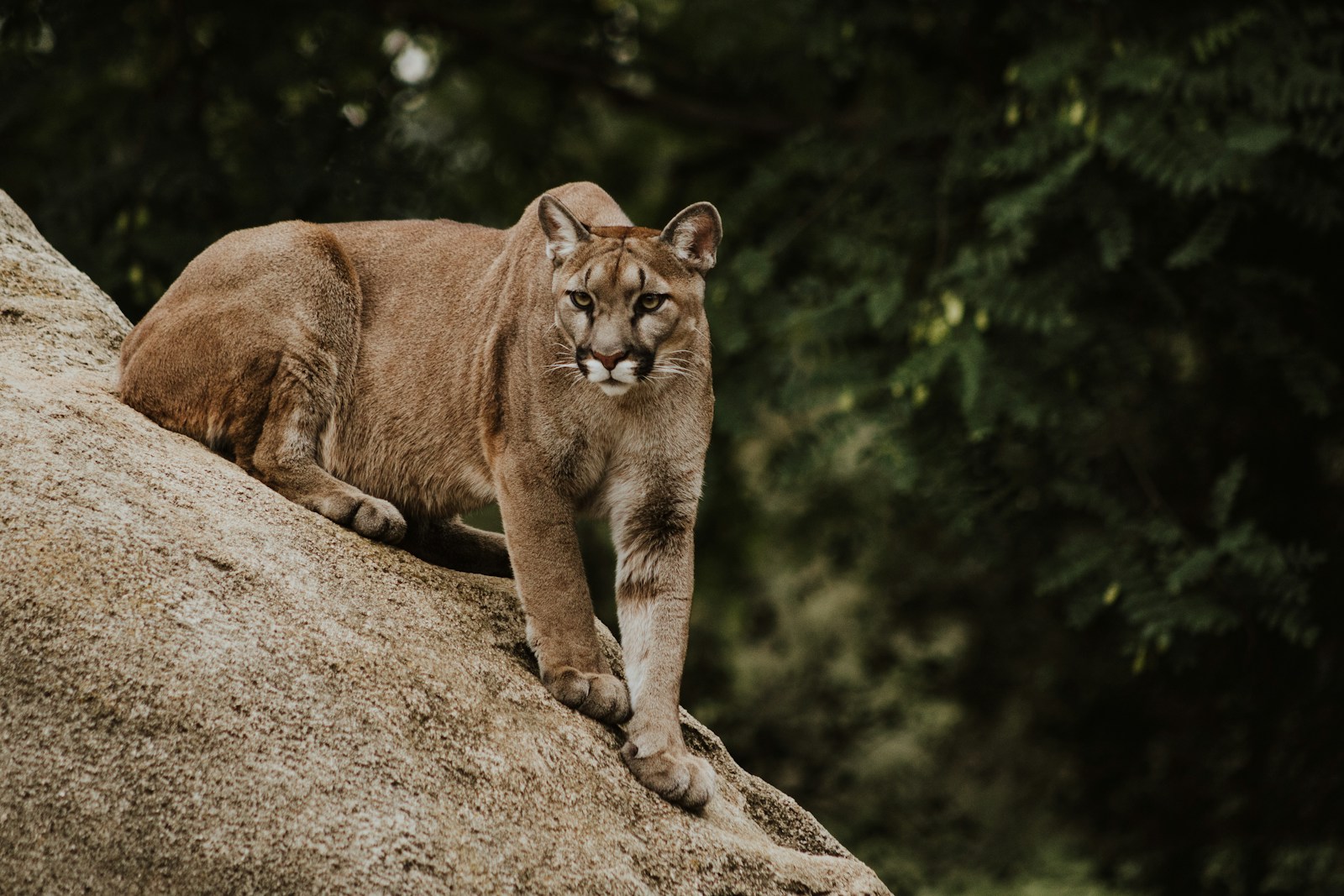
| Lifespan: | 8–13 years |
| Size: | 2–3 feet tall |
Mountain Lions are also known as pumas, cougars, panthers, and catamounts. Males can weigh over 200 pounds and often reach up to 8 feet in length, tails included. They’re tan or beige with distinctive white belly fur. These adaptable cats live throughout the United States, including in Florida, California, and Maine. They’re able to thrive in wetlands, desert habitats, mountains, and prairies. The cats that live further north tend to be larger than the ones found in warmer areas such as Arizona.
Mountain Lions prefer to eat animals such as elk, deer, and feral hogs. But they’ll also dine on porcupines, coyotes, and raccoons. They often cover their kills and return to feed over several days. Although they’re quite large, these gorgeous cats can’t roar; they hiss, squeal, and purr instead! They can leap up to 15 feet and climb 12-foot fences with ease.
Conclusion
South Dakota has gorgeous native wild cats running about and if you enjoy the great outdoors, there’s a good chance you’ll be able to see one of the gorgeous creatures in their natural habitat. Bobcats are found throughout South Dakota, particularly in the state’s rural western and southern counties. The state is currently home to around 200 Mountain Lions, several of whom can be found roaming the Black Hills. Mountain Lions were removed from South Dakota’s list of species under threat in 2003 and can be legally hunted.
Featured Image Credit: Chandler Cruttenden, Unsplash

